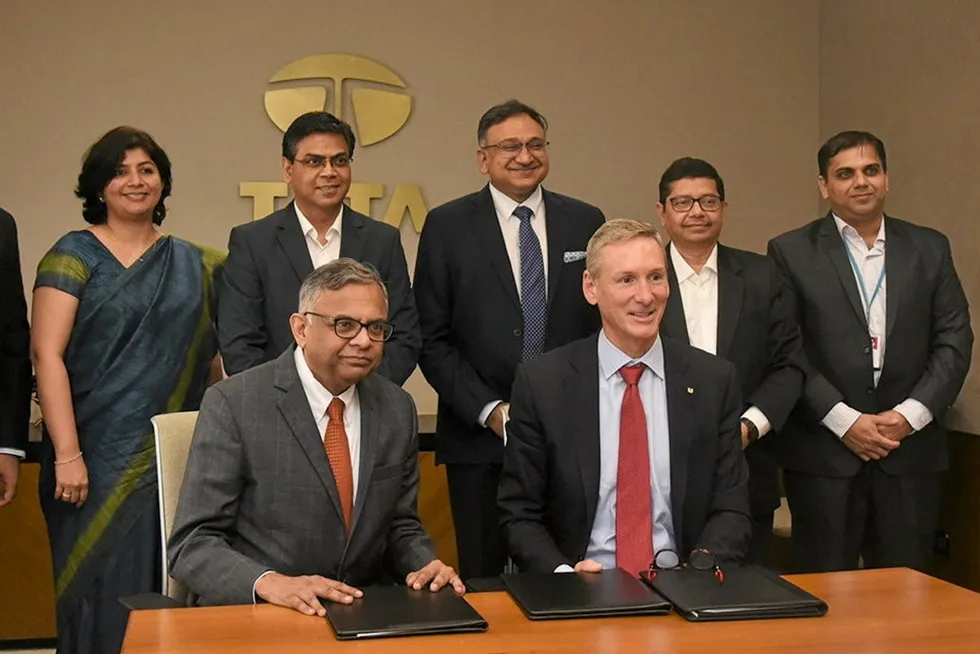Hydrogen engines | Cummins and Tata to spend $425m on Indian H2 ICE factory
Project has been classified as a 'mega-project' eligible for subsidies from eastern state of Jharkhand

US engineering giant Cummins and Indian industrial conglomerate Tata are to spend 35.4 billion rupees ($425m) to jointly build a massive factory in India that will produce thousands of hydrogen internal combustion engines (ICE) per year.
Stay ahead on hydrogen with our free newsletter
The duo aims to build the factory in the industrial city of Jamshedpur in the eastern state of Jharkhand, where Tata already operates an auto factory as well as a giant steelworks.
The plant will produce 4,000 hydrogen ICEs per year — most likely for heavy trucking — as well as 10,000 battery systems and an undisclosed number of “fuel agnostic” engines.
No timeline has been given for a final investment decision or commercial operation of the factory, and it is not yet clear whether the new facility would involve conversion of existing capacity at Tata’s Jamshedpur plant, or whether a whole new site will be built.
A joint venture between the duo, known as TSPL Green Energy Solutions Private Limited (TGESPL), was given the go-ahead to proceed with the project by Hemant Soren, the chief minister of the Jharkhand over the weekend.
And the project has been classified as a “mega-project” by Soren’s government, meaning that it is eligible for a raft of subsidies for zero-emissions automakers under Jharkhand’s 2021 Industrial Policy.
These include 50% match funding by the state on capital investment up to 200m rupees ($2.43m) and a series of tax breaks such as a maximum 75% reprieve on some of the project’s associated value-added tax (VAT) bill.
“In India, they don't have a very robust electrical grid infrastructure,” he said. “They're not going to upgrade the entire grid just to charge electric vehicles, so electric commercial vehicles don’t make a lot of sense. But they need something [to decarbonise] and hydrogen fuel is a great solution. As they've looked at the two [hydrogen] technologies, they really like the engine because it has low [upfront] cost.”